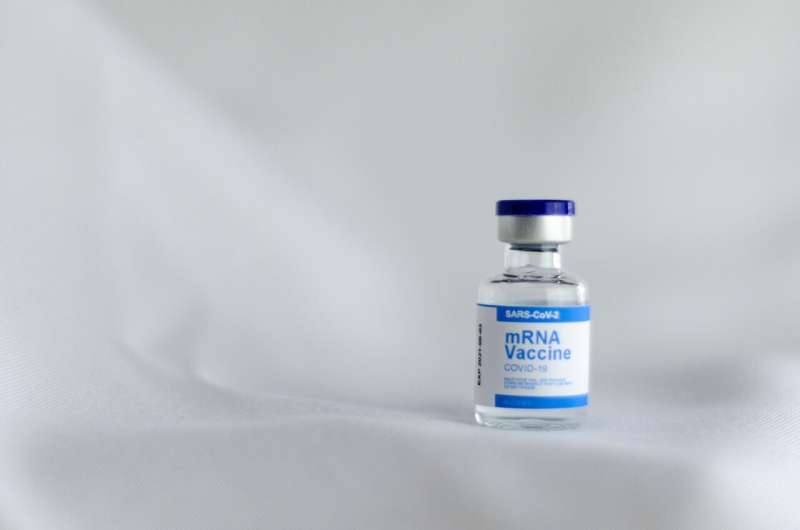
The “spectacular” success of mRNA (messenger ribonucleic acid) vaccine technology against SARS-CoV-2 provides “just a glimpse of their full potential”, according to the authors of a Perspective published by the Medical Journal of Australia today.
Ms Isabella Overmars, a research coordinator at Murdoch Children’s Research Institute, and colleagues wrote that the technology worked by delivering an mRNA that contains a code for a specific antigen into a host cell, where it is translated into the coded protein.
“This typically leads to the host cell displaying the protein on its surface to promote cell-mediated immunity, and the host cell releases proteins outside of the cell which are taken up and presented by other antigen-presenting cells to promote antibody-mediated immunity,” they wrote.
The advantages of mRNA include low toxicity, the obviation of risk of integration into the host genome, and they are non-infectious, which means “there is no possibility for an infection to occur from the vaccine itself”.
“mRNA vaccines do not rely on non or mildly pathogenic viral vectors as a delivery method, which in some cases can cause issues of immune-based clotting disorders, such as thrombosis with thrombocytopenia syndrome (TTS), and antivector immunity,” Overmars and colleagues wrote.
“The manufacturing process also has several benefits, including in vitro development and use of synthetic materials, which improves manufacturing consistency. Moreover, mRNA vaccines can be rapidly synthesised after the required sequence is known, and modifications can be expedited, which is advantageous in responding to emerging immune-evasive variants.”
The limitations of mRNA technology include degradation by cellular processes, meaning it can be easily destroyed; it is thermodynamically unstable, and needs to be kept at cold temperatures for storage and transport; and, safety concerns have emerged with mild-to-moderate myocarditis and pericarditis rarely following SARS-CoV-2 mRNA vaccination, mainly in young male adults.
“mRNA vaccine development will continue to accelerate, spurred on by the success of SARS-CoV-2 vaccines, and further improvements to the technology may mitigate some of the current limitations and facilitate broader reach,” wrote Overmars and colleagues.
“For example, strategies to make the mRNA vaccines self-amplify, meaning the mRNA delivered in the vaccine encodes not only the antigen of interest but also the replication machinery that amplifies the mRNA, will reduce the amount of mRNA needed in each vaccine. Moderna is already in phase 1 with a seasonal influenza quadrivalent product, and is developing other combination vaccines, including one for human metapneumovirus and parainfluenza virus.
“Existing challenges need to be addressed to ensure equitable access and expansion,” they concluded.
“To do this, manufacturing facilities with advanced mRNA technology may be required in multiple locations globally.
“Testing of different additives, adjuvants and delivery mechanisms will be important to increase the stability of mRNA vaccines at higher temperatures and to therefore facilitate equitable access.
Source: Read Full Article